Revision Notes: The Second World War | History for Grade 10 PDF Download
| Table of contents |

|
| The Second World War |

|
| Causes of the Second World War |

|
| Expansion and Causes of the War |

|
| Consequences of the War |

|
The Second World War
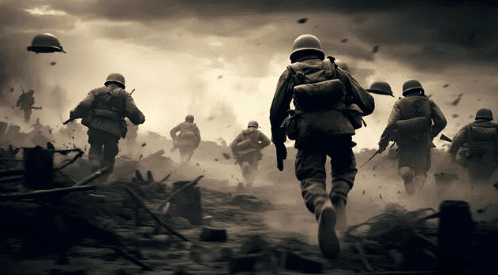
The Second World War began in 1939 and resulted in unprecedented damage and destruction, surpassing all previous wars.
Causes of the Second World War
The primary causes of the Second World War included:
Dissatisfaction with the Treaty of Versailles
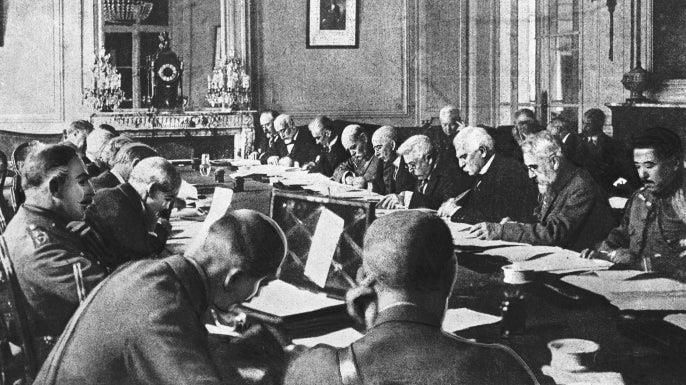
There was widespread dissatisfaction in Italy and Germany regarding the terms of the Treaty of Versailles. The treaty imposed several harsh restrictions on Germany, including:
- A massive war indemnity
- Occupation of its mineral-rich areas, such as Saar and Rhineland, by France
- Forced capture of all German colonies in Asia and Africa
- Significant reduction of Germany's military power
These severe terms fostered the rise of militant nationalism in Germany and Italy.
Emergence of Fascism and Nazism
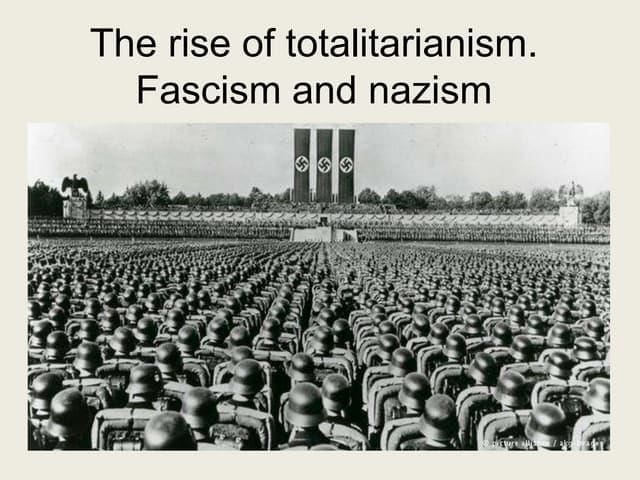
- The Treaty of Versailles fostered dissatisfaction in both Germany and Italy.
- This discontent paved the way for the rise of Fascism in Italy and the spread of Nazism in Germany. Both ideologies promoted the idea of a totalitarian state and rejected democratic principles.
- Under Mussolini, Italy sought to restore the former glory of the Roman Empire, while Germany aimed to re-establish its prestige on the global stage, primarily through military conquests. This mutual desire for expansion and restoration made the Second World War inevitable.
Policy of Appeasement
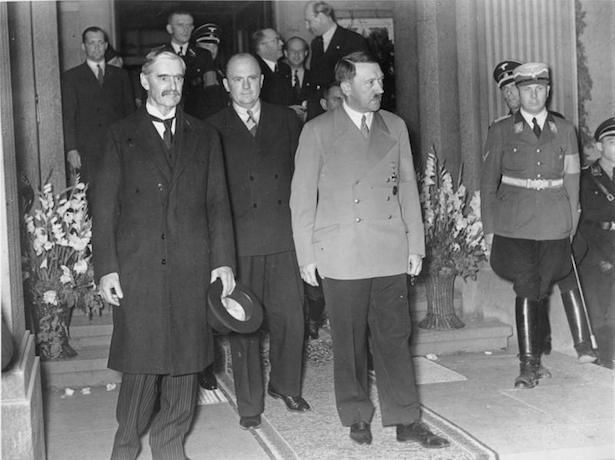
- The policy of appeasement involves tolerating the aggressive actions of certain countries by accepting their hostile demands in the hope of maintaining peace.
- After World War I, Britain and France adopted this policy towards Germany and Italy, believing that the Treaty of Versailles had imposed overly harsh conditions on these nations.
- Additionally, Britain and France were concerned about the spread of communism and feared that a strong Germany might turn communist. This fear contributed to their inaction when Germany re-militarized the Rhineland and annexed Austria and Czechoslovakia.
Japanese Invasion of China

The Japanese government was pursuing an expansionist policy, occupying Manchuria despite the League's opposition and displaying aggression in other parts of China. When China appealed to the League for assistance, no action was taken. Japan, aiming to further its regional power, joined the Berlin–Rome–Tokyo Axis and conquered British and American territories in China. The Western powers, believing that Japanese aggression would weaken China further, followed a policy of appeasement.
Failure of the League of Nations
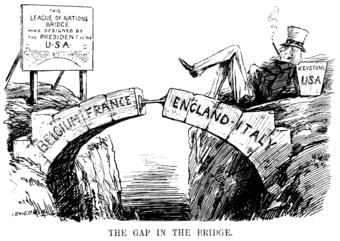
The League of Nations was established after the First World War to prevent future conflicts. However, the USA refused to join the League, and powerful member nations followed a policy of appeasement, showing little interest in upholding the principle of collective responsibility.
The League took no action against offending countries when:
- Poland seized a part of Lithuania in 1920
- Japan captured Manchuria in 1931
- Italy annexed Ethiopia in 1936
As a result, many small nations lost faith in the League and sought alliances with other countries to protect their interests.
Hitler's Invasion of Poland (Immediate Cause)
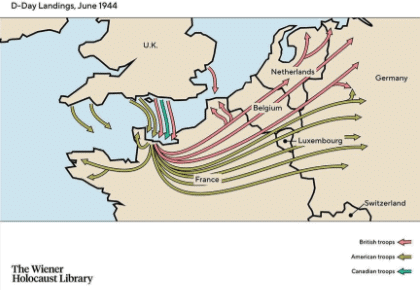
The invasion of Poland by Hitler in September 1939 was a direct trigger for the war. There were several reasons behind Hitler's decision to occupy Poland:
- The Treaty of Versailles had fragmented Germany, creating a land corridor to Poland and granting the Port of Danzig to Poland. Germany aimed to reclaim these lost territories.
- The city of Danzig, predominantly populated by Germans, was essential for Hitler to connect with East Prussia.
- Germany accused Poland of mistreating German nationals living in Poland.
On September 1, 1939, German forces invaded Poland. When France and Britain issued an ultimatum to Germany, the latter attacked France. On September 3, France and Britain declared war on Germany, officially starting the Second World War.
Expansion and Causes of the War
- Shortly after, war spread across Europe. Germany, Italy, and Japan formed an alliance known as the Axis powers, while Britain, France, and the USA became the Allied powers.
- Soviet Russia also invaded Eastern Poland, reclaiming territories previously part of Russia. Most countries became involved in the war, with only Sweden, Switzerland, Spain, Portugal, and Turkey remaining neutral.
- By May 1940, Germany had conquered Norway, Denmark, Holland, and Belgium.
- Germany employed rapid military strikes on enemy lines, a tactic known as blitzkrieg, meaning 'lightning war.'
- Fall of France: German forces advanced into France, capturing Paris by June 14, 1940.
- The Battle of Britain: The German air force bombed British territories, prompting the Royal Air Force of Britain to retaliate with air raids on Germany.
- In June 1941, Hitler launched an invasion of Soviet Russia, violating the peace agreement between the two countries.
- Battle of Stalingrad: In August 1942, Hitler aimed to capture Stalingrad, but the harsh winter and a counteroffensive by Soviet troops forced a German surrender. This marked a significant defeat for Germany.
- Battle of Berlin: In April 1945, German forces found themselves trapped between the British and Americans on one side and the Russians on the other. As the Allies advanced towards Berlin, Hitler took his own life, and on May 7, 1945, the remaining German forces surrendered.
- May 8 was celebrated as Victory Day in Europe.
The United States Joins World War II
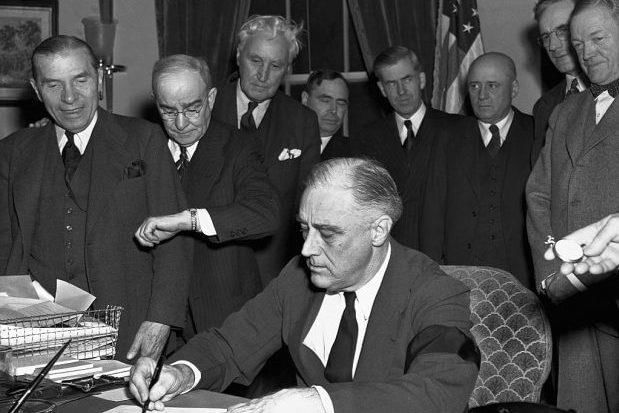
- At the start of World War II, America was neutral and had a naval fleet stationed at Pearl Harbor in Hawaii. Japan was concerned about this American presence. On December 7, 1941, Japan launched a surprise aerial attack on Pearl Harbor, targeting battleships and airfields. Although many ships were sunk and important facilities were damaged, Japan did not destroy the ship repair facilities or the US aircraft carriers. Approximately 3,700 people lost their lives in the attack.
- This attack sparked outrage in America, leading the country to join the war on December 8, 1941.
Bombings of Hiroshima and Nagasaki
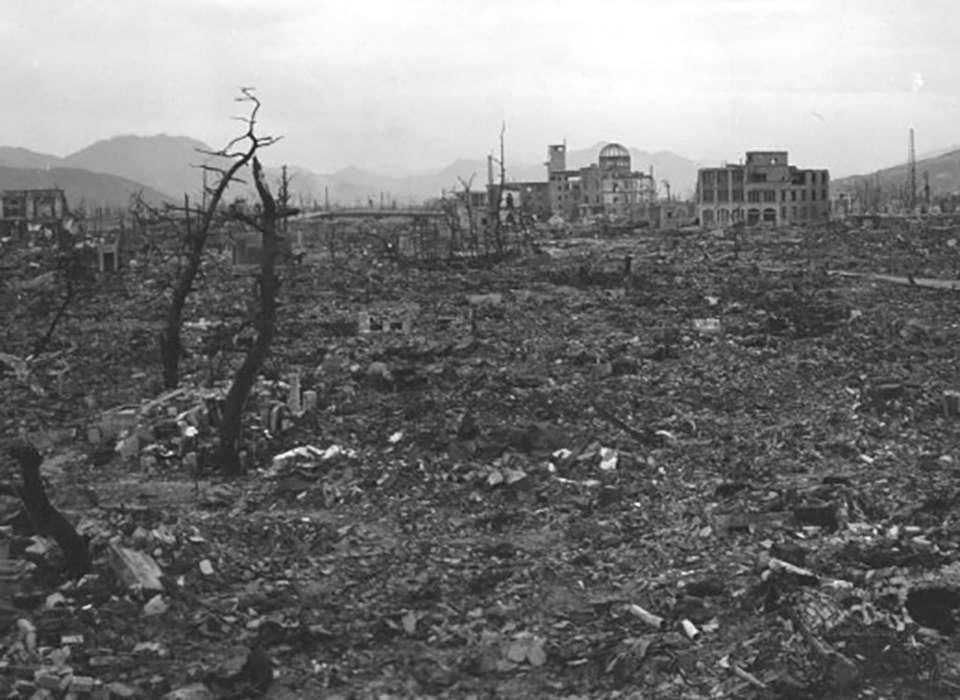
- The Americans initiated their campaign to liberate the islands in the Southwest Pacific. The American navy and air force successfully destroyed the Japanese fleet, but Japan continued to maintain its grip on Manchuria and other parts of China.
- Meanwhile, the Japanese forces in the Philippines were putting up strong resistance against the American troops.
- By this time, the United States had developed an atomic bomb. After much deliberation, a decision was made to use the bombs on Japan.
- On August 6, 1945, the first atomic bomb was dropped on Hiroshima, causing widespread destruction and killing thousands of people. The American government requested Japan to surrender, but Japan refused.
- On August 9, 1945, the United States dropped another atomic bomb on Nagasaki. Following this, the Japanese government surrendered unconditionally, bringing an end to the Second World War.
Damages caused by the War
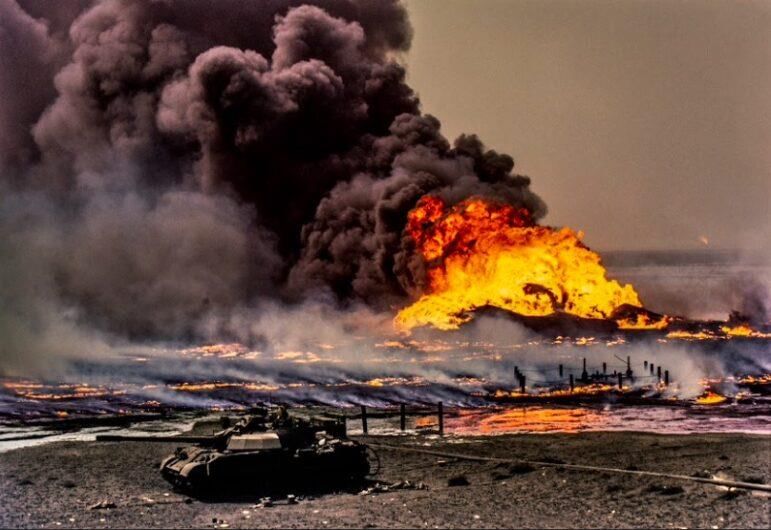
- The Second World War was the deadliest conflict in history, resulting in the deaths of over 50 million people, including both civilians and soldiers. Additionally, around 12 million people perished in concentration camps during this period.
- The war significantly reduced the population sizes of many countries. For instance, Poland lost approximately 20% of its population, while the Soviet Union lost about 10% of its population.
- Nations that participated in the war suffered heavy economic losses. Even colonies such as India, Myanmar, and Sri Lanka, which fought on the side of the Allies, experienced these economic hardships.
Consequences of the War
The consequences of the war were
Defeat of the Axis Powers
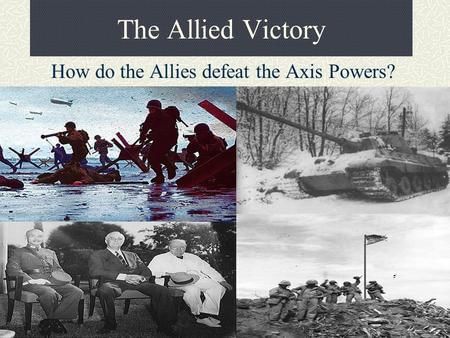
The Axis Powers—Germany, Italy, and Japan—were defeated in the war. Germany faced the following consequences of the war:
- Germany was divided into two zones— West Germany and East Germany.
- West Germany was administered by Britain, France, and the USA, with its capital at Bonn. It followed capitalism.
- East Germany was occupied by the Soviet Union, with East Berlin as its capital. It followed socialist ideologies.
- Japan and Italy were not divided into zones, but their military power was considerably reduced. The American army occupied Japan until 1952. After 1952, the Japanese were responsible for administering their own affairs.
- All territories seized by Japan were taken away.
Formation of the UN
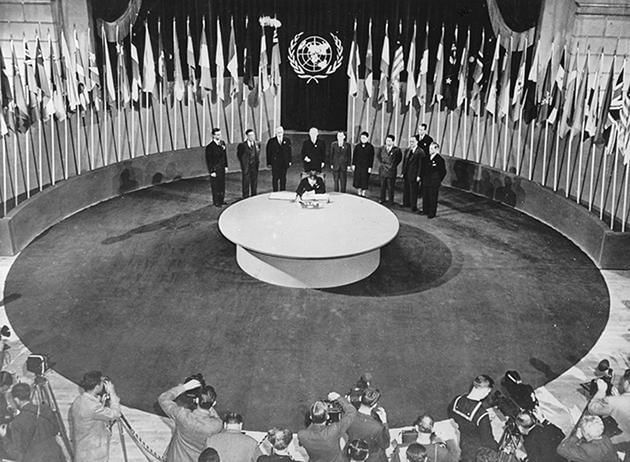
- The United Nations was established in 1945 with the aim of maintaining international peace and security and preventing future wars.
- The initiative came from the leaders of three powerful countries— President Roosevelt of the United States, Prime Minister Churchill of Britain, and Stalin of the Soviet Union —who convened a conference in San Francisco with representatives from various nations to draft the ‘Charter of the United Nations.’ This led to the formal establishment of the United Nations.
- Flag of the United Nations
Independence of Many Asian and African Nations
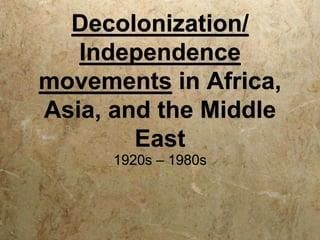
After the Second World War, numerous countries gained independence, including India, Sri Lanka, Myanmar, China, and Ghana.
Introduction to Cold War
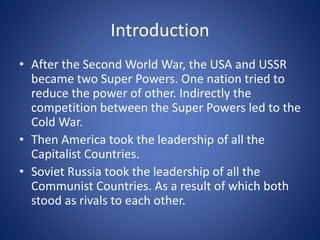
- Ideological Differences: After World War II, the USA and the Soviet Union, who had fought together during the war, began to exhibit fundamental ideological differences. The USA adhered to a capitalist model of economy, while the Soviet Union followed communism.
- Cold War Defined: The period of uneasy tension and political instability between the USA and the Soviet Union, characterized by their efforts to strengthen themselves and weaken each other without engaging in direct conflict, is known as the Cold War.
- Formation of Blocs: During the Cold War, two major blocs emerged:
- The Democratic and Capitalist Bloc: Led by the USA, this bloc included countries like Britain, France, Italy, Canada, Australia, Greece, Pakistan, and Turkey. These countries believed in liberal democracy and criticized the communist ideology.
- The Communist Bloc: Led by the Soviet Union, this bloc included countries like Poland, Hungary, Romania, Bulgaria, and Albania. The communist countries criticized the capitalist economy and the Western style of democracy, believing it served only the interests of the rich and upper middle class.
- Cold War Dynamics: The Cold War involved the accumulation of nuclear weapons, economic warfare, propaganda, and proxy wars between the two superpowers. Despite the hostility, both sides made efforts to avoid direct war with countries from the opposing camp.
Cold War and its Impact on India
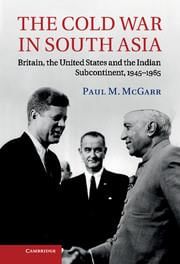
After the Second World War, India was caught in the middle of the Cold War, which was a period of intense rivalry between the United States and the Soviet Union. Both superpowers were trying to spread their influence around the world, including in India. Here’s how the Cold War affected India:
- Emergence as a Global Power: Post-independence, India was recognized as a new nation with potential. The struggle against British colonial rule had garnered international sympathy, and India’s emphasis on non-violence and democratic values made it an attractive ally for both the US and the USSR.
- Non-Alignment Movement (NAM): To navigate the pressures from both superpowers, India, under the leadership of Jawaharlal Nehru, opted for a policy of non-alignment. This meant India would not formally align itself with either the US or the USSR. Instead, India sought to promote peace and cooperation among all nations, regardless of their political systems. Nehru, along with leaders from other countries, founded the Non-Aligned Movement, which aimed to give a voice to nations that did not want to be caught in the rivalry of the superpowers.
- Economic and Military Aid: Both the US and the USSR offered aid to India, hoping to win it over to their side. The US provided economic assistance through programs like the Marshall Plan, while the USSR offered military and technical support. India accepted this aid but remained cautious about becoming too dependent on either superpower.
- Strategic Partnerships: India developed strategic partnerships with both superpowers. With the US, India collaborated on agricultural and industrial projects. With the USSR, India strengthened ties in defense, space research, and heavy industry. This balanced approach allowed India to benefit from both sides without compromising its independence.
- Role in Global Forums: India used international platforms like the United Nations to advocate for decolonization, disarmament, and economic development. This further solidified its position as a leader of the non-aligned bloc and attracted support from both superpowers who wanted to portray themselves as champions of these causes.
|
11 docs|5 tests
|
FAQs on Revision Notes: The Second World War - History for Grade 10
| 1. What were the main causes of the Second World War? |  |
| 2. What were the effects of the bombings of Hiroshima and Nagasaki? |  |
| 3. How did the Second World War lead to the formation of the United Nations? |  |
| 4. What were the consequences of the Second World War for Asian and African nations? |  |
| 5. How did the Cold War emerge as a consequence of the Second World War? |  |














